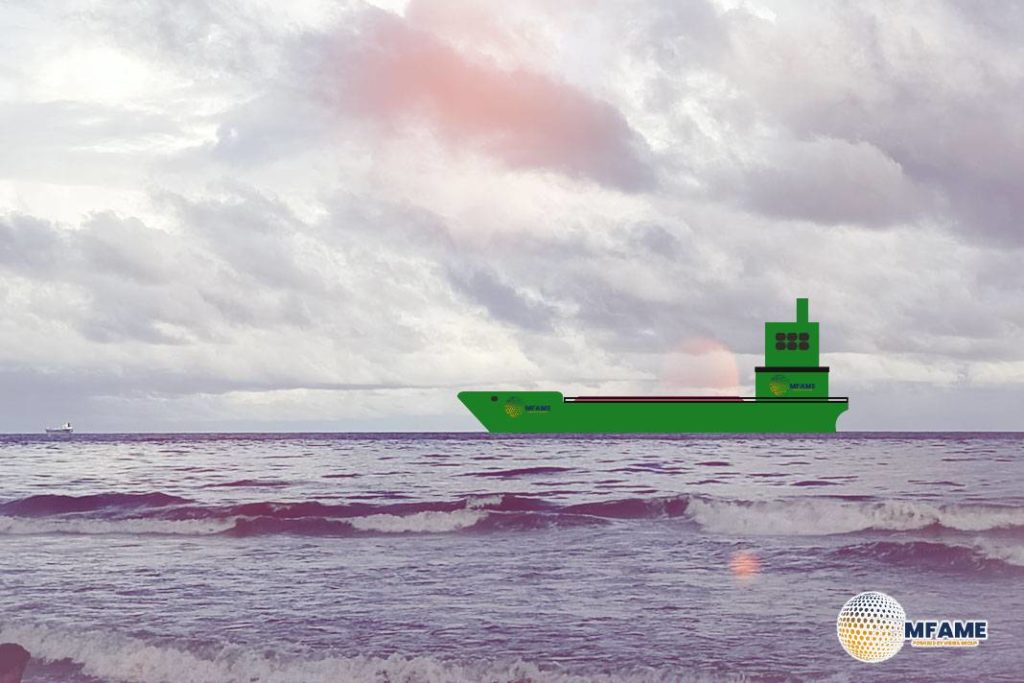Shipping has “lost” the Red Sea, one prominent shipping commentator has declared and his views may well be justified given that Suez Canal traffic is now apparently down by 4/5ths, according to analysis seen by Shipping Australia.
With innocent seafarers killed, ongoing attacks on ships by drones and missiles – over 65 attacks since mid-November 2023 and late March 2024, it appears that there is no end in sight to the Red Sea crisis.
This is a humanitarian disaster. As governments from around the world noted in a submission to the International Maritime Organization, the attacks “are causing major disruptions to regional and global trade, and are impeding the movement of critical food, fuel, humanitarian assistance, and other essential goods throughout the world”.
Shipping Australia has seen various pieces of analysis which indicate that anywhere between 6% to 8% of global container ship capacity has been absorbed by the crisis as ships are diverting around South Africa instead of transiting via the Red Sea. Global liner shipping analyst, Linerlytica, reckons that roughly 7% of the global container fleet has been absorbed, which accounts for about two million TEU. And that after a surge in newbuildings over the last few years that added roughly two million TEU.
Consequences for shipping (and therefore for shippers and consignees) are slower services, missed sailings, missing capacity and higher costs owing to longer routes sailed. Shipping analyst Sea Intelligence has reported that the most competitive container shipping transit time increased on average by 39% on Asia-Mediterranean. Schedule reliability of shipping is generally declining according to Sea Intelligence, with numerous carriers recording double-digit percentage declines in reliability, and one carrier was reported to have a near 22% decline in schedule reliability. It has also been widely reported that shipping containers are now falling into short supply although the major shipping manufacturers are reporting a 5x surge in new container orders, which roughly equates to about 500,000 TEU.
Container ports are experiencing congestion, because of the disruption, as vessels are bunching up and arriving together. Singapore is one of the world’s most important trans-shipment hubs and it has been hit by the disruption. Shipping Australia understands that there are currently delays of about seven days and about 450,000 TEU are stuck in the port queue at Singapore.
We understand that Singapore is attempting to tackle the problem through greater information exchange with shipping companies to, for example, revise arrivals so as to boost operational efficiency, adding more manpower, and adding extra berth capacity through expediting new berths that were already being built and through reactivating older berths.
It should be obvious but increased costs for shipping, increased transit distances, increased delay all adds to upwards pressure on freight rates which have increased sharply.
Linerlytica notes that the Shanghai Containerised Freight Index has jumped by 42% over the last month.
Did you Subscribe to our daily newsletter?
It’s free! Click here to Subscribe!
Source: Shipping Australia















